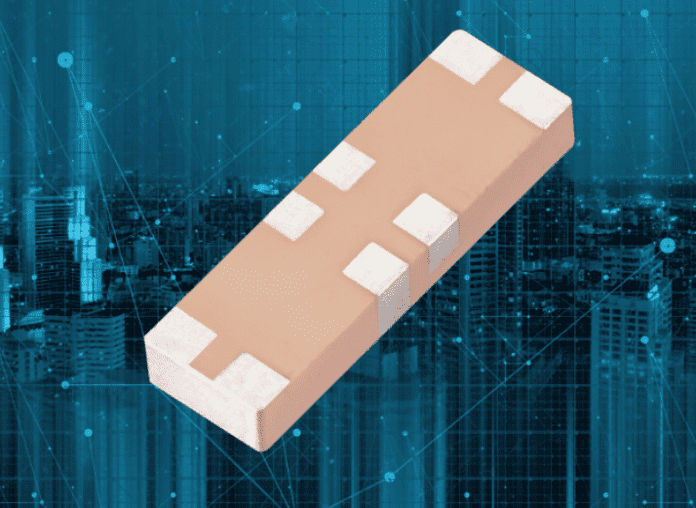Note, this article is taken from a new Enterprise IoT Insights editorial report, out tomorrow, on the combination of low-power short- and long-range communications technologies in hybrid IoT systems (see cover image below). Go here for the full report, which is free to download; a webinar on the same subject, including panellists from ABI Research, the Bluetooth SIG, and Nordic Semiconductor, among others, is available here.
Antenna design can be a challenge in IoT, especially as it relates to compact, multi-mode devices. The laws of physics dictate a minimum size for which an antenna of a certain frequency and bandwidth may operate efficiently, and this tends to run at odds with demand for compact and unobtrusive industrial design.
Multi-radio IoT modules are in part a response to this requirement for compact form factors, offering multiple radios in a single package. But their efficacy tends to be limited by the performance requirements of the antennas.
In terms of antennas, the size constraints of IoT devices and the commercial behaviours of device designers have forced more modular approaches. It has also given impetus towards re-use of existing features to push the envelope on component sizes.
Thaddeus Gulden, RF engineer at antenna specialist Taoglas, says flexible embedded antennas are often preferred for IoT devices using connectorized radio modules. The point is to make installation simpler, he says.

Surface mount technology (SMT) antennas, assembled onto printed circuit boards (PCBs) have been developed for devices that require tighter integration. These utilise the PCB ground plane to radiate high-frequency electromagnetic radio waves, and boost antenna efficiency and bandwidth.
For more constrained applications, more exotic processes “like laser direct structuring” can be used to print customised and optimised antenna structures on the inside of a device’s plastic housing, says Gulden. This is a popular path for high volume products.
What is the appetite for combining multiple radios? “It is large,” he says. “One of the most prohibitive aspects of M2M design has been development and verification of RF hardware. For small companies, developing one’s own hardware simply wasn’t an option.”
The reality used to be that if off-the-shelf hardware or design partnerships were not available, products did not get made. That has changed with the availability of pre-certified radio modules and system-on-chips (SoCs).
“It has created a paradigm shift, extracting the low level complexity that would flummox an average systems engineer, allowing them to bring radio systems with relative ease. With the advent of multi-radio modules, design complexity is reduced even further, creating value through savings on development time and bill-of-materials,” says Gulden.
This trend will continue, he says. Demand for hybrid low-power short- and long-range IoT is high, and getting higher, driven by technologies required to enable specific use cases. “In today’s age of entrepreneurial creativity, ever more communication layers are necessary to realise new IoT applications.”
The main challenge in hybrid IoT is multi-radio coexistence. Gulden says: “Antennas are primarily a means of exchanging energy between remote devices through free space, but two antennas in a single device have a propensity to exchange energy.
“Their proximity can cause such strong coupling that a large amount of energy from one can be captured by the other, reducing the antenna gain farther afield. This can be exacerbated by making devices smaller, which forces antennas closer together.”
All radio receivers see some degree of background noise due to radiation sources. They require a ratio of received signal-power to noise-power to pass information without error.
“In a multi-radio device, one of the local transmitters, either directly or through a-linearities in its RF power amplifier, can produce signal power at a frequency that another radio in the system perceives as noise. This desensitizes that receiver, requiring the received signal to be of an ever higher power level in order to be heard.”
He adds: “It is possible for higher power noise from another transmitter to force the low-noise receiver into nonlinear behaviour of its own, distorting the receive signal to the point of unusability. Long range receivers are especially prone to this due to the noise floor being calibrated for received signals of extremely low power.”
Great care must be taken when integrating multiple antennas into one device, he says, such that the antennas radiate mostly independently. A delicate balance has to be struck between the radios – between their “primary frequencies, spurious harmonics, power states” – to ensure robust function.
“This is where multimode units can enhance design, as many have built-in coexistence management to alleviate such problems between the constituent radios.”


